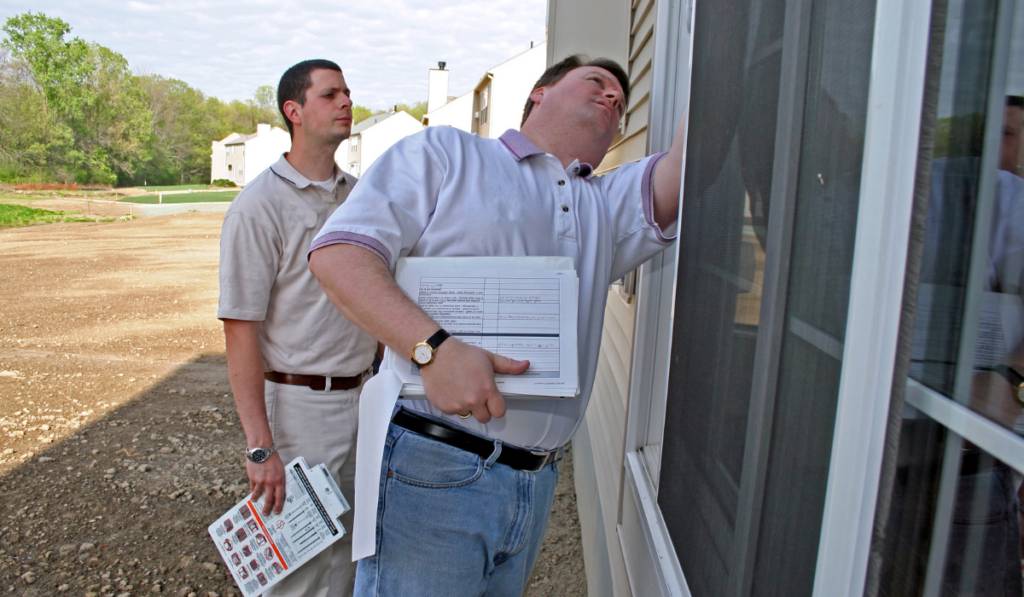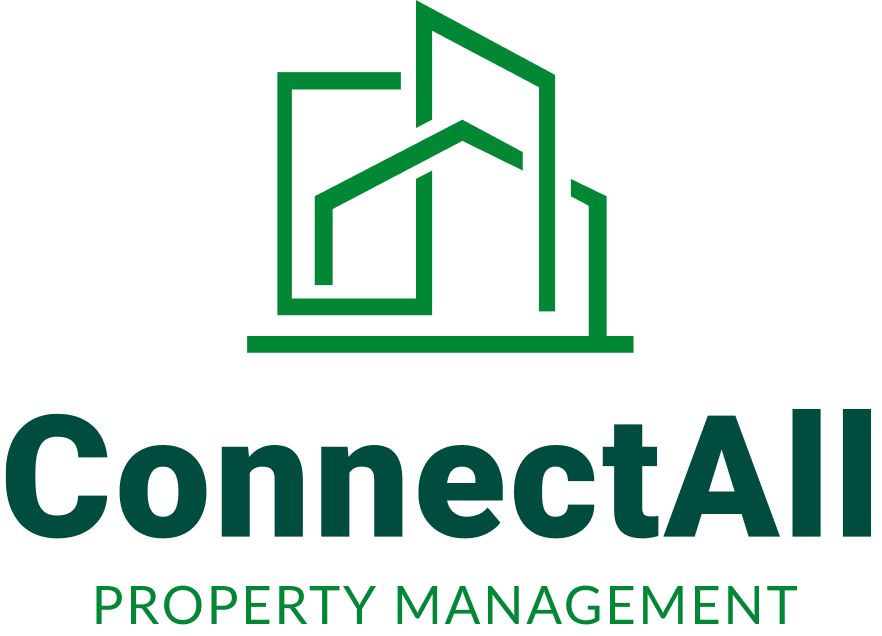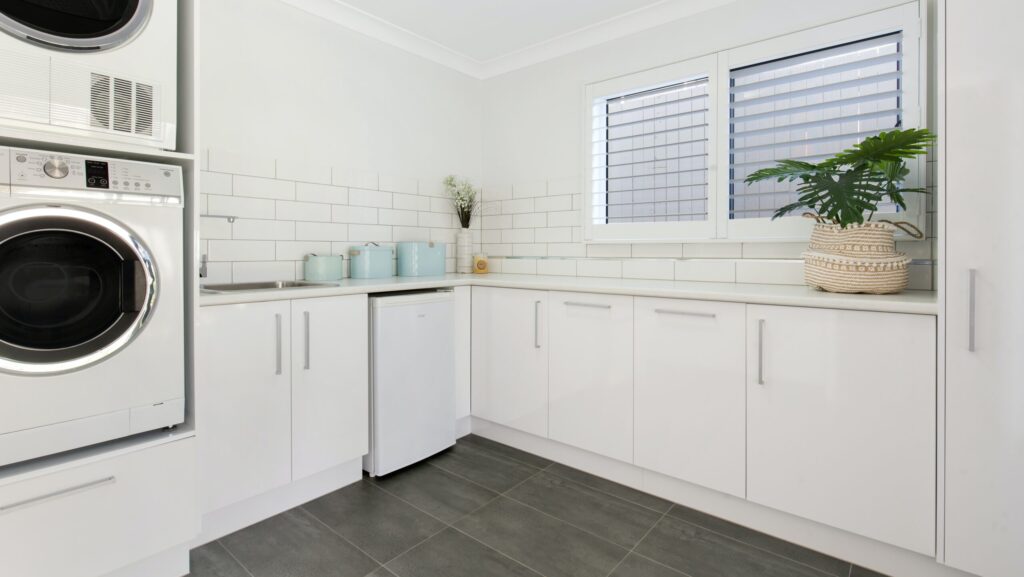Conducting thorough move-in and move-out inspections is crucial for landlords to document the condition of a rental property, protect their investment, and fairly assess security deposit deductions. This guide provides actionable tips for creating inspection checklists, documenting property conditions, and ensuring a smooth transition between tenants.
How to Create a Thorough Inspection Checklist
1. General Guidelines for Inspection Checklists
- Use a standardized checklist for every tenant to ensure consistency.
- Conduct the inspection in the presence of the tenant to confirm findings.
- Provide a copy of the completed checklist to the tenant for reference.
- Review Massachusetts rental inspection laws to ensure compliance (Massachusetts State Website).
2. Essential Areas to Inspect
Interior
- Walls, ceilings, and floors for damage, stains, or holes.
- Windows and doors for proper sealing, locks, and any damage.
- Electrical outlets, switches, and light fixtures for functionality.
- Plumbing systems, including faucets, sinks, toilets, and showers (EPA Guide on Water Efficiency).
- Appliances (stove, refrigerator, dishwasher, etc.) for cleanliness and operation.
- Heating, ventilation, and air conditioning (HVAC) systems (Energy Star HVAC Maintenance).
Exterior
- Entry doors and locks.
- Porch, patio, and balcony conditions.
- Landscaping, walkways, and parking spaces.
For additional rental property management insights, read:
The Complete Guide to Property Management Services for Boston Landlords.
Tips for Documenting Property Condition with Photos
1. Take High-Quality Photos and Videos
- Capture wide-angle shots of every room.
- Take close-up photos of pre-existing damage or wear.
- Record video walkthroughs for additional clarity.
2. Organize and Store Inspection Reports
- Label images and videos with timestamps and descriptions.
- Store files digitally using cloud storage services for easy access.
- Provide a copy to tenants for transparency.
3. Have Tenants Acknowledge Condition Reports
- Require tenants to sign the inspection report at move-in.
- Encourage tenants to submit their own photos if they notice discrepancies.
- For more guidance on rental management best practices, explore:
Affordable and Trusted Property Management Services for Boston Landlords.
How Inspections Protect Security Deposits
1. Prevent Disputes with Clear Documentation
- A well-documented inspection ensures fair deductions from the security deposit.
- Helps distinguish between normal wear and tear vs. tenant-caused damage (HUD Guide on Security Deposits).
2. Outline Security Deposit Deduction Policies
- Provide tenants with clear guidelines on what constitutes chargeable damage.
- Reference the lease agreement for deposit return timelines.
3. Conduct a Final Walkthrough at Move-Out
- Compare the move-out condition with the move-in report.
- Allow tenants to be present to discuss potential deductions.
- Provide an itemized deduction list if any repairs are needed.
For insights on handling tenant transitions, check out:
Trusted Tenant Screening Services: Finding Reliable Renters in Boston.

Final Thoughts
Thorough move-in and move-out inspections help landlords protect their properties, minimize disputes, and fairly assess security deposit returns. By using detailed checklists, documenting property conditions with photos, and maintaining transparent communication with tenants, landlords can ensure a smooth rental transition process.
For professional property management services, visit ConnectAll Property Management









